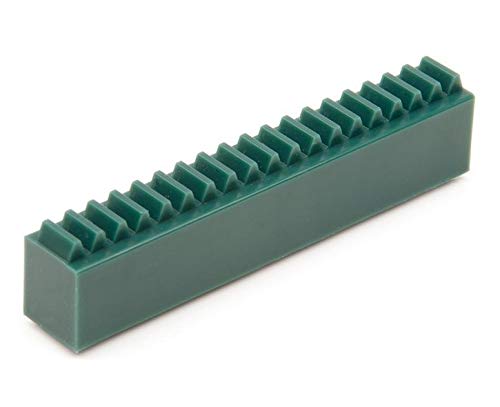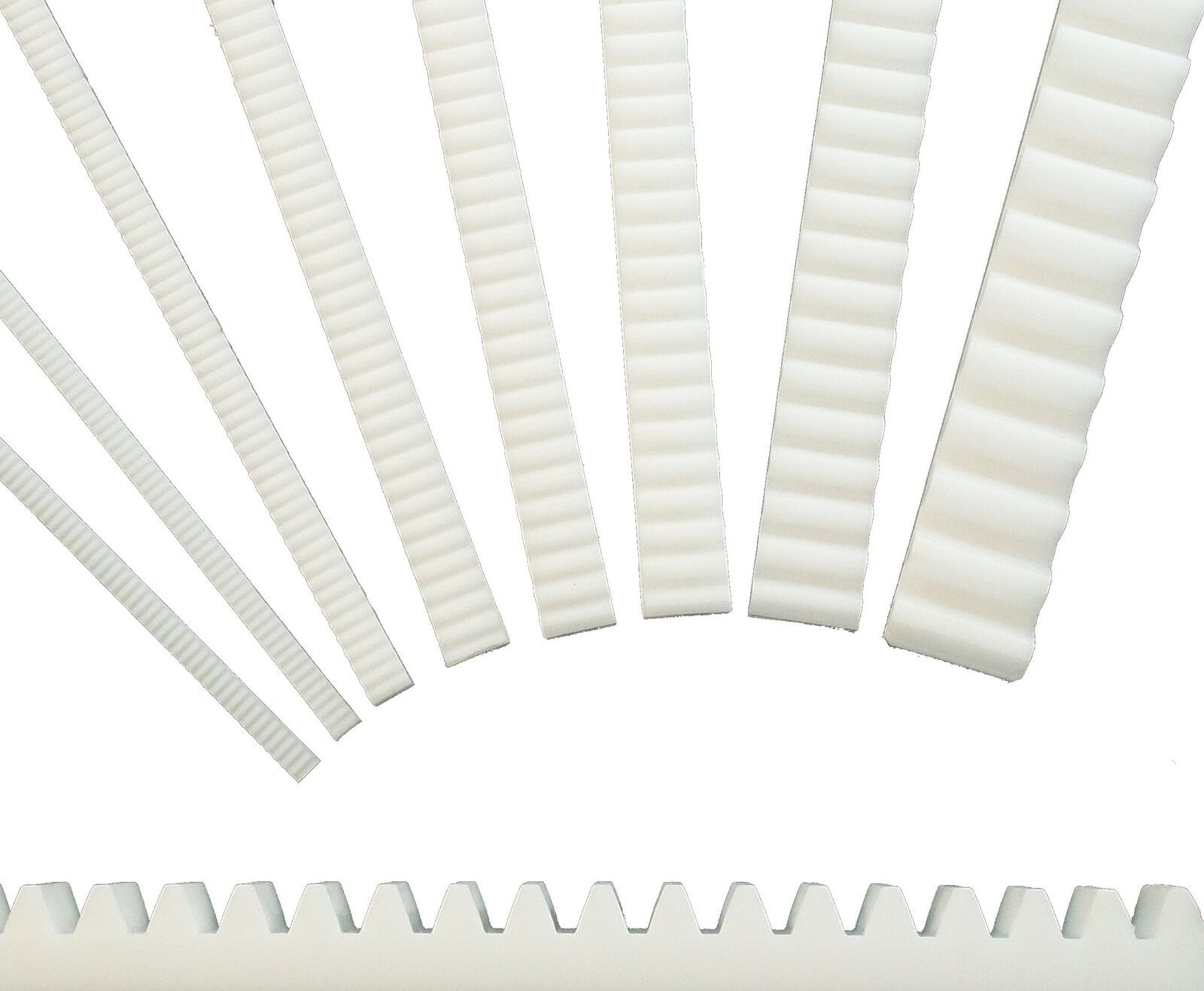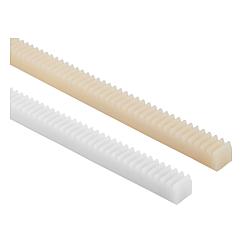Product Description
Product Description
| Manufacturer | HangZhou CHINAMFG Precision Machinery Co., Ltd. |
| Item Name | CNC part for production line |
| Machining Equipment | CNC Machining Center, CNC Lathes, Grinding Machines, Milling Machines, Lathes, Wire-cuts machines, Laser Cuts machines, CNC Shearing Machines, CNC Bending Machines, etc. |
| Processing | Lathing, Turning, Milling, Drilling, Grinding,Wire EDM, Welding, Casting, Forging, Assembling, etc |
| Tolerance | +/-0.005mm |
| Material | 1). Aluminum: AL 6061-T6, 6063, 7075-T etc |
| 2). Stainless steel: 303,304,316L, 17-4(SUS630) etc | |
| 3). Steel: 4140, Q235, Q345B,20#,45# etc. | |
| 4). Titanium: TA1,TA2/GR2, TA4/GR5, TC4, TC18 etc | |
| 5). Brass: C36000 (HPb62), C37700 (HPb59), C26800 (H68), C22000(H90) etc | |
| 6). Copper, bronze, Magnesium alloy, Delrin, POM,Plastic, Acrylic,ABS,PVC, Nylon,PC,Resin,etc. | |
| 7).If you require any other materials, please contact us to discuss | |
| Surface Treatment | Blacking, Polishing, Anodizing, Chrome plating, Zinc plating, Nickel plating, Chrome plating, Ion nitriding, Titanium nitriding, Thermal treatment, Electroplating, Oxidation,etc. |
| Product’s Design | Customized as customers’drawings and samples. |
| Inspection tooling | tool microscope, digimatic micrometer, inside micrometer, dialgage, electronic digital display caliper, automatic height gauge, precision level 2 detector, 00 levels of marble platform, ring gauge, etc. |
| QC System | 100% inspection according to the MIL-STD-105E, ANSI ASQC Z1.4, ABC-STD-105, BS6001, ISO 2859, DIN 40080 before shipment. |
| Application | Metal Recycling Machine, Metal Cutting Machine, Metal Straightening Machinery, Metal Spinning Machinery, Metal Processing Machinery Parts, Metal forging Machinery, Metal Engraving Machinery, Metal Drawing Machinery, Metal Coating Machinery, Metal Casting Machinery, Automation Equipment |
| Quality Certificate | ISO9001:2008 Certified |
| Cooperative partners | BOSCH, SCHAEFFLER, COMAU, ruhlamat, SCHOTT, etc. |
| Terms of payment | T/T, L/C, Western Union,Paypal |
| MOQ | 1-10pcs just for samples |
| Customer Example | Schaeffler (China) Co., Ltd. Bosch Automotive Products(HangZhou) Co., Ltd. Comau (HangZhou) Automation Co., Ltd. etc. |
Package:
FAQ:
1.How long and how can I get quotation from your company?
We will reply you in 2 hours if getting detailed information during working days.
In order to quote you as soon as possible, please provide us the following information together with your inquiry.
1). Detailed drawings (CAD/PDF/DWG/IGS/STEP/JPG)
2). Materials required
3). Surface treatment
4). Quantity (per order/per month/annual)
5). Any special demands or requirements, such as packing, labels,delivery,etc.
2.Can I get samples for testing?
We can offer free samples for small parts, but for big and high-value products, samples will be charged.
3.How about the payment terms?
For new customers, we prefer to use T/T in advance. We can accept L/C, D/P for old customers.
4.If I need urgent delivery, can you help?
Of course! Customer first is our company philosophy. You need to tell us the delivery time when placing the order, and we will do our best to adjust the production schedule.
5.How about the transportation?
You can choose any mode of transportation you need, sea delivery, air delivery or express delivery.
6.How about the quality guarantee?
We will make 100% inspection before packing and delivery and make sure the products 100% meet your requirements . If there is any problems during using, please tell us anytime, we will reply you in time
7.Can we CHINAMFG NDA?
Sure. We never divulge any customer’s information to anyone else.
/* January 22, 2571 19:08:37 */!function(){function s(e,r){var a,o={};try{e&&e.split(“,”).forEach(function(e,t){e&&(a=e.match(/(.*?):(.*)$/))&&1
| Application: | Fastener, Auto and Motorcycle Accessory, Hardware Tool, Machinery Accessory |
|---|---|
| Standard: | GB, EN, API650, China GB Code, JIS Code, TEMA, ASME |
| Surface Treatment: | Polishing |
| Production Type: | Batch Production |
| Machining Method: | CNC Milling |
| Material: | Nylon, Steel, Plastic, Brass, Alloy, Copper, Aluminum, Iron |
| Samples: |
US$ 100/Piece
1 Piece(Min.Order) | |
|---|
| Customization: |
Available
| Customized Request |
|---|

How does the design of the rack and pinion affect its performance?
The design of the rack and pinion plays a significant role in determining its performance characteristics. Here’s a detailed explanation of how the design factors of a rack and pinion system can affect its performance:
- Tooth Profile: The tooth profile of the rack and pinion gears can impact the performance of the system. Different tooth profiles, such as straight, helical, or custom-designed profiles, have varying effects on factors such as load distribution, noise generation, efficiency, and backlash. The selection of the tooth profile should be based on the specific application requirements and considerations.
- Module and Pitch: The module (or diametral pitch) and pitch of the rack and pinion gears are crucial design parameters that affect performance. The module determines the size and spacing of the teeth, while the pitch represents the distance between corresponding points on adjacent teeth. The module and pitch selection influence factors such as torque capacity, smoothness of motion, precision, and load distribution. Optimal module and pitch values should be chosen based on the load, speed, and accuracy requirements of the application.
- Material Selection: The choice of materials for the rack and pinion components directly impacts their performance and durability. Factors such as strength, wear resistance, corrosion resistance, and friction characteristics should be considered when selecting materials. Common materials used for rack and pinion systems include steel, stainless steel, aluminum, and various alloys. The material selection should align with the application requirements to ensure reliable and efficient performance.
- Backlash: Backlash refers to the clearance or play between the teeth of the rack and pinion gears. It can affect the accuracy, precision, and responsiveness of the system. Minimizing backlash is crucial in applications that require precise positioning and motion control. The design of the rack and pinion system should incorporate measures to reduce or compensate for backlash, such as proper tooth profile selection, preloading mechanisms, or backlash compensation techniques.
- Geometry and Tolerance: The geometric design and tolerance levels of the rack and pinion system impact its performance. Factors such as tooth geometry, surface finish, dimensional accuracy, and concentricity influence the efficiency, smoothness of operation, noise generation, and overall quality of motion. High precision and tight tolerances are often desirable for applications that require precise positioning and smooth motion control.
- Lubrication: Proper lubrication is essential for the smooth operation and longevity of rack and pinion systems. Lubricants reduce friction and wear between the gears, ensuring efficient power transmission and minimizing the risk of damage. The design of the rack and pinion system should incorporate adequate lubrication mechanisms, such as lubricant reservoirs, oil passages, or grease fittings, to facilitate proper lubrication and ensure optimal performance.
- Stiffness and Rigidity: The stiffness and rigidity of the rack and pinion components influence their ability to withstand loads and minimize deflection. A well-designed rack and pinion system should exhibit sufficient stiffness and rigidity to maintain accuracy and prevent excessive deformation or backlash under load. Factors such as the material selection, geometry, and cross-sectional design of the rack and pinion components contribute to their stiffness and rigidity.
By considering factors such as tooth profile, module and pitch, material selection, backlash, geometry and tolerance, lubrication, and stiffness, the design of a rack and pinion system can be optimized to achieve the desired performance characteristics. A well-designed system ensures efficient power transmission, high accuracy, smooth motion control, durability, and reliable operation in various applications.
\
Can rack and pinion systems be integrated into robotic and automation equipment?
Yes, rack and pinion systems can be successfully integrated into robotic and automation equipment to facilitate precise and efficient motion control. Here’s a detailed explanation of how rack and pinion systems can be utilized in robotic and automation applications:
Rack and pinion systems offer several advantages that make them well-suited for integration into robotic and automation equipment:
- Precision and Accuracy: Rack and pinion systems provide high precision and accuracy in motion control. The direct engagement between the pinion and the rack ensures a positive and backlash-free transfer of motion, allowing for precise positioning and repeatability. This characteristic is essential in robotic and automation applications that require accurate movement and positioning of components.
- High Speed and Acceleration: Rack and pinion systems are capable of operating at high speeds and accommodating rapid accelerations. The direct power transmission and efficient torque transfer of rack and pinion mechanisms enable quick and dynamic movements, making them suitable for applications that demand fast and agile robotic motions.
- Compact Design: Rack and pinion systems offer a compact design, which is advantageous in space-constrained robotic and automation setups. The linear nature of the rack allows for efficient integration into robotic arms, linear stages, and other motion control systems. This compact design maximizes the workspace utilization and allows for flexible placement of the rack and pinion mechanism.
- High Load Capacity: Rack and pinion systems can handle substantial loads while maintaining efficient power transmission. The engagement of the teeth provides a large contact area, allowing for the effective distribution of forces and torque. This characteristic is essential for robotic and automation equipment that needs to manipulate heavy payloads or exert significant forces.
- Versatility: Rack and pinion systems offer versatility in terms of design options and configuration possibilities. They can be implemented in various orientations, such as horizontal, vertical, or inclined setups, to accommodate different robotic and automation requirements. Additionally, rack and pinion systems can be combined with other mechanisms, such as gears and belts, to achieve complex motion profiles and multi-axis control.
- Reliability and Durability: Rack and pinion systems are known for their durability and long service life. When properly designed and maintained, they can withstand high loads, repetitive movements, and demanding operating conditions. This reliability is crucial in robotic and automation equipment, where continuous and uninterrupted operation is essential.
Overall, the integration of rack and pinion systems in robotic and automation equipment offers precise motion control, high-speed capability, compactness, load-handling capabilities, versatility, and reliability. These characteristics make rack and pinion systems a popular choice in applications such as pick-and-place robots, CNC machines, packaging equipment, material handling systems, and assembly lines.

What advantages do rack and pinion systems offer for precise motion control?
Rack and pinion systems offer several advantages for precise motion control. Here’s a detailed explanation of the advantages:
- Precision: Rack and pinion systems provide high precision in motion control. The teeth on the rack and pinion gears mesh closely, resulting in minimal backlash or play. This close engagement allows for accurate and repeatable linear motion, making rack and pinion systems suitable for applications that require precise positioning and movement control.
- Direct Mechanical Linkage: Rack and pinion systems offer a direct mechanical linkage between the rotating pinion gear and the linearly moving rack. This direct linkage ensures a one-to-one correspondence between the rotational motion of the pinion gear and the linear motion of the rack. The absence of intermediate linkages or mechanisms reduces the chances of mechanical play or lost motion, contributing to the overall precision of the system.
- Low Backlash: Backlash refers to the amount of clearance or play between mating teeth in a gear system. Rack and pinion systems can be designed to have low backlash, which is crucial for precise motion control. The minimal backlash in rack and pinion systems allows for accurate and immediate response to changes in input, ensuring precise positioning and minimizing errors in motion control applications.
- High Repeatability: Rack and pinion systems offer high repeatability in motion control. Once the gear teeth are engaged, the linear motion of the rack follows the rotational motion of the pinion gear consistently. This repeatability allows for precise and consistent positioning of the rack, making rack and pinion systems suitable for tasks that require repeated and accurate movements.
- Efficient Power Transmission: Rack and pinion systems provide efficient power transmission from the rotating pinion gear to the linearly moving rack. The direct mechanical linkage and the close meshing of teeth minimize energy losses, ensuring that a significant portion of the input power is efficiently converted into linear motion. This efficiency is beneficial in applications where energy conservation is important.
- Fast Response: Rack and pinion systems offer fast response in motion control. The teeth on the rack and pinion gears allow for rapid acceleration and deceleration, enabling quick and responsive movements. This fast response time is valuable in applications that require dynamic motion control or rapid changes in position.
- Compact Design: Rack and pinion systems have a compact design, which is advantageous in applications with limited space. The linear nature of the rack allows for efficient packaging, making rack and pinion systems suitable for compact machinery and equipment.
Overall, rack and pinion systems provide high precision, low backlash, efficient power transmission, and fast response, making them well-suited for applications that require precise motion control. These advantages make rack and pinion systems popular in industries such as automotive, robotics, machinery, automation, and more.


editor by Dream 2024-05-03